
A Fly to Tie and Try for April 2021
As you may know, last year we published a monthly ‘A Fly to Tie & Try’ starting in June when we re-opened the loch after the first lockdown. These have been produced by Les Lockey an experienced fly tier and a frequent visitor to the loch for many years. Once again thanks to Les for his time and trouble in producing these and we thought as April is just round the corner we will get this first one out there for you all to enjoy and follow.
Fly of the Month – April
The Black and Red Midge Pupa (Buzzer)
Hook: Kamasan B160, short shank hook, size 12 to 16.
Thread: Black UTC 70.
Rib: Fine red wire.
Abdomen: Black UTC thread.
Wing buds/Cheeks: Medium holographic tinsel, red.
Thorax: Black UTC 70 thread.
Photo 1. Place the hook in the vice, catch on the thread behind the eye, wind it to the thorax position and remove the excess thread.
Photo 2. Catch in the wire rib underneath the hook shank and using touching turns of thread, bind it down to part way round the hook bend, returning the thread to the thorax position.
Photo 3. Wind the wire rib in open spirals up the abdomen and tie it in at the thorax. Continue to bind down the wire to the eye and worry off the excess wire.
Photo 4. Form the holographic tinsel into a loose loop behind the hook bend and secure the two ends underneath the thorax.
Photo 5. Wind the thread up and down the thorax area several times to produce a noticeable, but not bulbous thorax, leaving the thread at the head.
Photo 6. Bring the tinsel loop forward and over the top of the hook eye and secure it in place with tight turns of thread.
Photo 7. Take the thread in front of the tinsel and make 2 or 3 thread wraps rearwards trapping down the tinsel as you go. Now cut off the excess tinsel and continue to form the head then whip finish and cut off the thread.
Photo 8. Lightly coat the whole fly with UV resin and cure with a UV torch to complete the fly.
Photo 9. The finished fly.
Tying tips
- Early season buzzers are invariably small and black and are best represented using size 14 – 16 hooks.
- A flat thread helps to produce a slim, smooth body, but it can twist during winding. To counteract this, occasionally spin the bobbin holder anticlockwise until the thread becomes flat.
- When using UV resin, use it sparingly – a little goes a long way. Apply it using a fine brush or dubbing needle and always remove excess resin before curing with your torch. For more control, I apply and cure the resin in two stages – the thorax first, then the abdomen.
- Try changing the colour of the rib and wing buds to provide variety. A silver rib and orange wing buds or a pale blue rib and peacock green wing buds are good alternative options.
- As buzzers ascend the water column, they wiggle and are generally curved, but when they pause and fall back down the layers they lie straight, so tie up both curved and straight patterns to cover both scenarios.
Fishing notes
- Early in the season, shallow areas of the loch such as the North End, the Narrows and Boathouse Bay will be first to warm up and most likely to see an increase in fly life activity, but also be aware that prevailing winds will push cold water onto the downwind bank which in turn is likely to suppress fly life activity.
- During spring, expect the bulk of activity to heighten from late morning into the early afternoon.
- The best retrieve when fishing buzzers is invariably no retrieve at all. Simply cast out at an angle to the wind, straighten the line and allow the flies to drift on the wind. If you must move the flies, a SLOW steady pull followed by a LONG pause mimics the rise and fall of the natural well.
- Buzzers are usually fished on a floating line in teams of 3 or 4 flies with the heaviest fly on the point. In strong winds, slow down the drift of the flies by using a sink tip or slow intermediate line.
- Another very successful method is “the washing line”. This requires the point fly to be a buoyant pattern such as a FAB, booby or greased up bushy dry fly, which allows the other flies on the leader to be suspended from the leader, producing a very natural presentation.
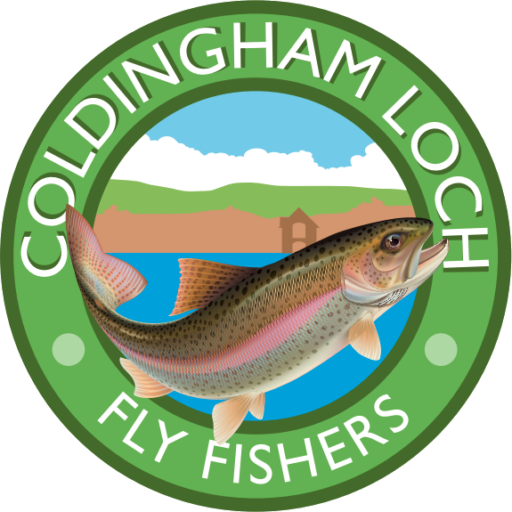


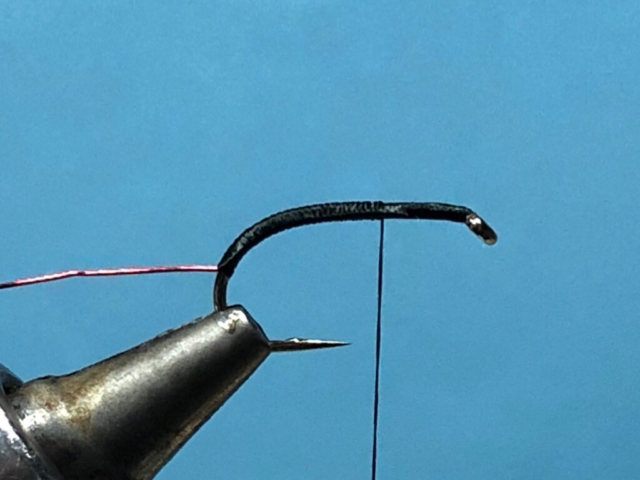
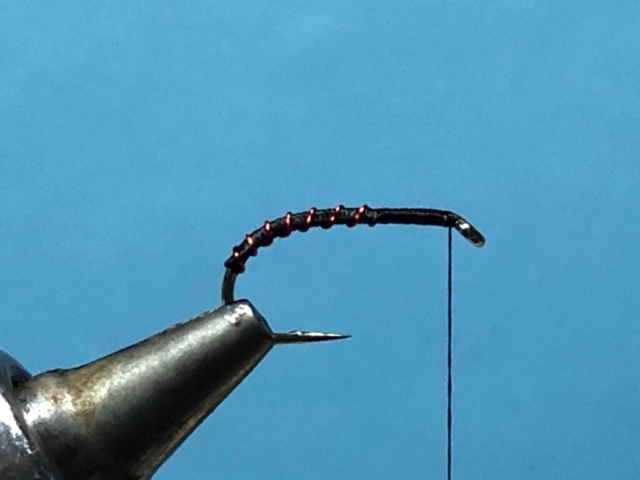
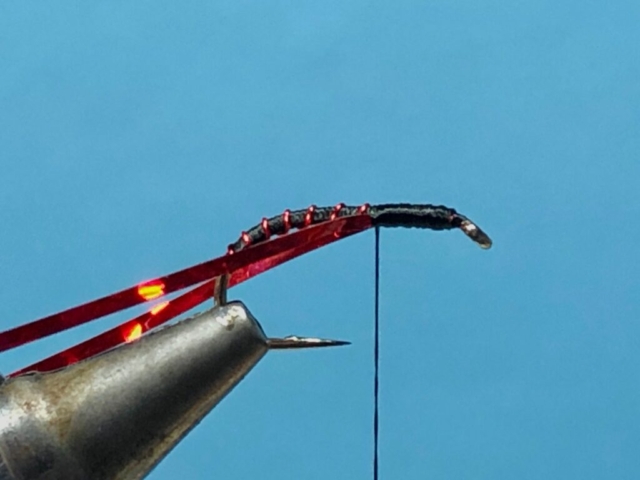
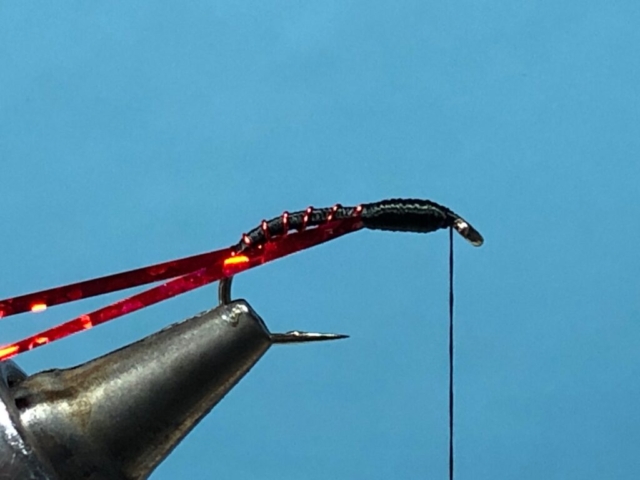
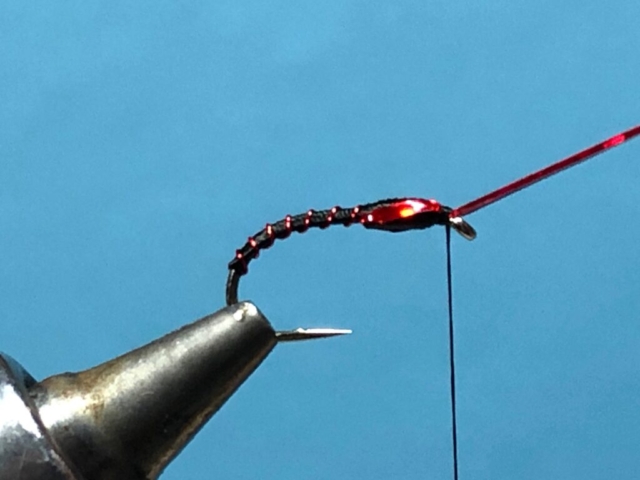
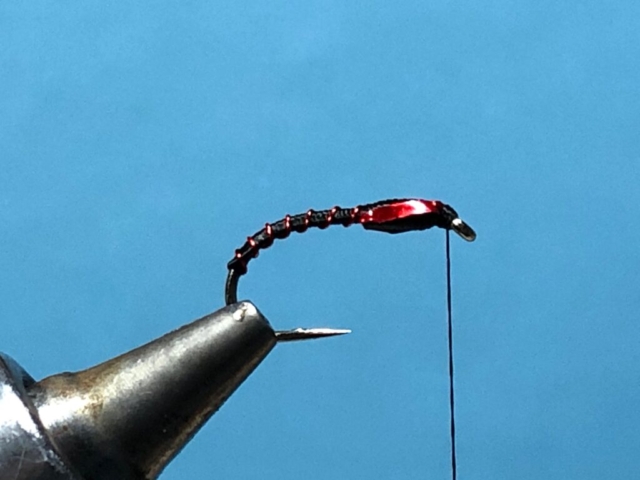
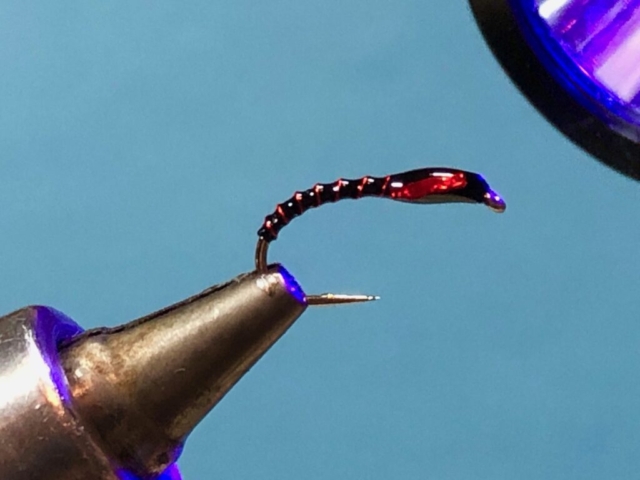


Recent Comments